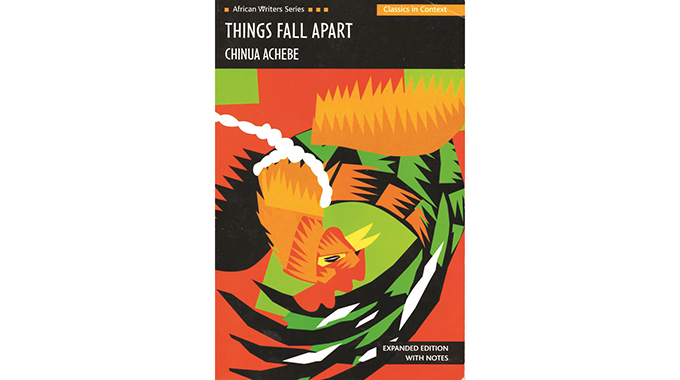Indigenous Knowledge Systems: Management of Harurwa Part 4

Claude Maredza Correspondent
CONTINUED . . . Their reasoning, after scanning the whole of Rhodesia and finding out that the majority of the indigenous people, the Karangas, lived in this Fort Victoria area and its vast and expansive environs, was that they would be able to get abundant cheap labour.
This is not surprising because indeed Zimbabwe’s capital city has always been Great Zimbabwe, Masvingo, hence the Great Zimbabwe monuments as the imperial seat of the great Mutapa Empire and the obvious huge numbers of people which is an expected characteristic of most capital cities in the world.
So, the raiding and invading British pioneer column thought it was logical for them to establish their capital city at their newly-named Fort Victoria whose correct name was and still is Masvingo or Great Zimbabwe.
It also happened to be the capital city of the indigenous people they found there and was therefore full of all kinds of human activity which was ideal for viable commerce and industry.
Alas there was a British ‘gentleman’ of British aristocratic extraction, one Lord Salisbury, who was a strategist in colonial matters for the British crown.
Lord Salisbury, contrary to the pioneer column’s thinking, advised the pioneer column who had now settled at Fort Victoria to move the capital city of this new colony Rhodesia, to an area with the least population of the indigenous people.
That’s when Frederick Courtney Selous, the first poacher to steal our animals all the way from England, advised that there was an area with a very small and tiny tribe who called themselves Zezurus.
As a poacher (history books erroneously refer to Frederick Courtney Selous as a hunter), Selous had already been to several areas in Zimbabwe on his poaching sprees so he was bound to know a lot of our places more intimately than his pioneer column cousins.
Lord Salisbury’s strategy was that it was fatal for the pioneer column to establish themselves in an area densely populated with a huge number of indigenous people such as the Karangas in and around Fort Victoria.
He knew that these people would revolt as they surely would do some decades later, the white people would not be able to contain such hordes and hordes of natives on the rampage.
On the other hand, it would be much easier to contain fewer natives as they would be easier to control.
Therefore, it was a matter of security for the pioneer column to settle in an area with as few of the indigenous people as possible.
This would allow them to control and contain them in the event of a revolt.
Therefore, the Zezurus’ tiny numbers as opposed to the Karangas’ huge numbers meant that the Zezurus would be easier to contain in the event of any revolt.
The Zezurus were more suitable natives for the colonising pioneer column to live next to. For that reason, the Zezuru area consequently was decided on as a suitable place for the colonialists to settle in.
In fact, this aspect of identifying minority native groups and propping them up more than majority native groups was a critical component of the strategy of divide and rule by the colonialists.
The strategy entailed creating the house nigger mentality in the minority native groups; i.e. making them think and feel they were closer to the master than any of their fellow natives.
This gave them a false feeling of superiority over their fellow natives while the majority groups were largely deliberately excluded from enjoying the crumbs falling from the master’s table.
Thus, the majority natives felt excluded. They also felt they were the field niggers doing all the hard work and hated the master more.
At the same time, the house nigger in the form of the native minority groupings became the master’s puppets as they wanted to continue to enjoy the crumbs that fell from the master’s table.
This inevitably led to friction between the minority and majority native groups.
Although both groups were now under colonial bondage, the one was meant to enjoy just a bit of the master’s left over’s, house nigger style while the other enjoyed nothing but hard labour, field nigger style.
And the master loved this.
It divided the natives amongst themselves and this suited the master best because now he would have no enemy.
And indeed, its public knowledge that black people from Harare and its environs during colonial days were always associated with this arrogance and sense of superiority over other blacks.
They are known to have created such phrases as strong rural background (SRB), which was a mock charge by black people from Harare against those from rural areas, particularly from the Masvingo area or Karanga area who took a little longer to be urbanised and therefore “civilised” in the eyes of the house nigger boys from Harare!
And this “civilised” meant knowing the white man’s ways better than other natives.
This gave the “civilised” native a false sense of more importance than his fellow natives.
Claude Maredza is from Norumedzo village, Bikita District, Masvingo Province, Zimbabwe.
Contact details: email;[email protected]; phone: 00 263 (0) 77 2 382 099.








Comments